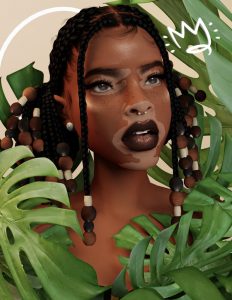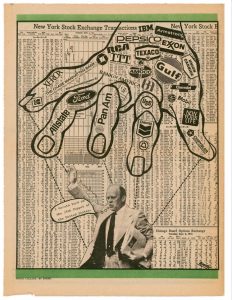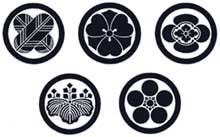 Reason to be happy to live in Berlin number 2: walking down Gipsstrasse and discovering what a Kamon is. The origin of Kamon dates back to the Heian period (789 ~ 1182) when it was used to show a lineage and the status of noble families. As the time changed, it had also reached to the Samurai class and the common people.
Reason to be happy to live in Berlin number 2: walking down Gipsstrasse and discovering what a Kamon is. The origin of Kamon dates back to the Heian period (789 ~ 1182) when it was used to show a lineage and the status of noble families. As the time changed, it had also reached to the Samurai class and the common people.
Wikipedia explains: Kamon are Japanese family heraldic symbols. Mon refers to any symbol, while kamon and mondokoro refer specifically to family symbols. (…) A mon consists of a roundel encircling a design (such as feathers, flowers, or some man-made object). They are somewhat like coats of arms in that they are either associated with a particular clan or family, or an individual who has achieved some variety of public recognition.
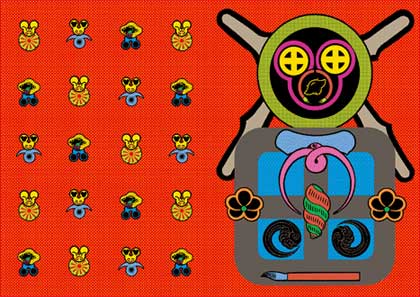 Keiichii Tanaami thought that the emblems needed a second life. He twisted the design while respecting the original spirit and turned the kamon into bright characters. Others designers have followed, editing, redesigning and/or collaging: Marok, Namaiki, Masura Ishiura, Naohiro Ukawa. Their work is part of the Kamon Design exhibition
Keiichii Tanaami thought that the emblems needed a second life. He twisted the design while respecting the original spirit and turned the kamon into bright characters. Others designers have followed, editing, redesigning and/or collaging: Marok, Namaiki, Masura Ishiura, Naohiro Ukawa. Their work is part of the Kamon Design exhibition
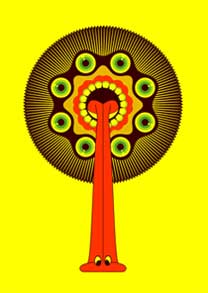
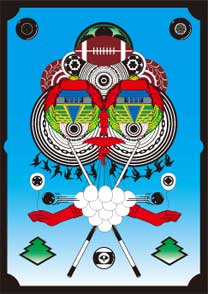
Namaiki and Ukawa
Running at the Circle Culture Gallery, Mitte, until April 20.
Images from the exhibition.



